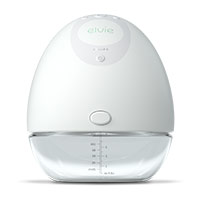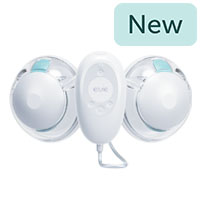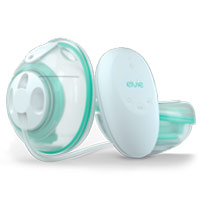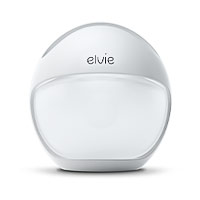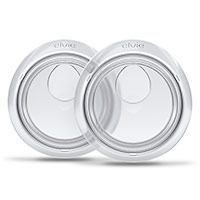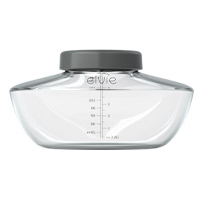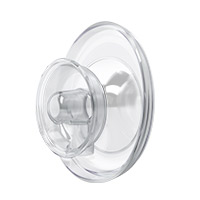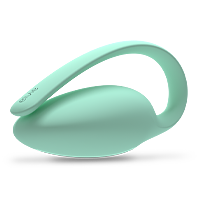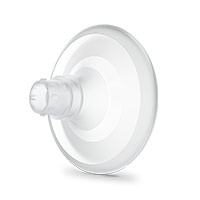Whatever you want to call them – climax, big O, cum, peak – orgasms have an interesting history. From the repressive beliefs of the Victorians to Meg Ryan mimicking an orgasm in the middle of a New York deli in the 1989 film When Harry Met Sally, they’ve sure as hell come a long way. Let’s take a look at the origins of the female orgasm.
Orgasms in the Middle Ages
Now, you might be thinking that female orgasms were probably pretty low on the agenda during the middle ages, what with the breakup of feudal structures, famine, and the black death and all, but actually, female orgasms were considered important. Medieval scientific theory held the belief that women needed to orgasm in order to become pregnant. So female orgasms weren’t just important. But essential. This belief is probably down to Ancient Greeks, who believed that passionate loving making was the most effective way to conceive a child.
Origins of the word
The word orgasm is now in such common use, that you might say orgasmic to describe a great massage, but it wasn’t coined until 1660, when Dr. Nathaniel Highmore used it to describe the end result of a pelvic massage. It comes from the French word orgasme or Modern Latin orgasmus, which means excitement and swelling.
The cuming of hysteria in the 1800s
Women all over Western Europe in the 1800s were being diagnosed with hysteria, which today is simply known as a bloody great orgasm. Having an orgasm was seen as a medical necessity for women, and Victorian doctors were known to masturbate their patients to relieve symptoms of ‘hysteria’. As most people know though, the female orgasm can be rather elusive. Which is why the vibrator was invented. But don’t be getting any ideas about streamlined gadgets – according to Durex, the 1891 ‘Manipulator’ was steam-powered and so noisy that you couldn’t hear speech above it, which hardly makes for a relaxing environment.
The orgasm revolution of the 20th century
In 1948 Alfred Kinsey conducted a groundbreaking sexual survey that opened a lot of people’s eyes to the female orgasm and women’s sexual desires. Society at this point was still relatively sexually repressed, so it really was a game-changer.
By the 1960s Masters and Johnson were undertaking pioneering studies, examining how and why women orgasm. They discovered that women could have multiple orgasms from both vaginal or clitoral stimulation and also realized that “it took women about 10 to 20 minutes of sex play to reach orgasm, compared to just four minutes for men”. Although that time frame still isn’t reflected in porn. Eye roll.
The 80s and 90s welcomed a new era for female orgasms in which they were no longer a taboo subject. Books, films, TV, and stage shows all started featuring the topic. From Sex and the City to the aforementioned When Harry Met Sally, everyone was talking about female pleasure.
The here and now
It’s no secret that the US and the UK are wellness-obsessed, so it’s little surprise that orgasms are now being suggested as a form of self-care. The benefits of orgasms in the 2020s focus on mental wellbeing, emotional connections, and even improving immunity. A lot cheaper than anything you can buy on Goop at least.
Fun facts about female orgasms
The vibrator was the fifth household appliance to become electrified. It came out just after the electric toaster and beat the vacuum cleaner by about 100 years.
The American Psychiatric Association continued diagnosing ‘hysteria’ for orgasms until 1952.
There are roughly 8,000 nerve endings in the clitoris, and it’s the only organ that exists solely for pleasure.
Research from the International Headache Society found that 60% of migraine sufferers experienced moderate or complete relief after an orgasm.
A study by Whipple and Komisaruk discovered that women’s pain threshold during an orgasm increased by 75%.
Now go forth and orgasm.


